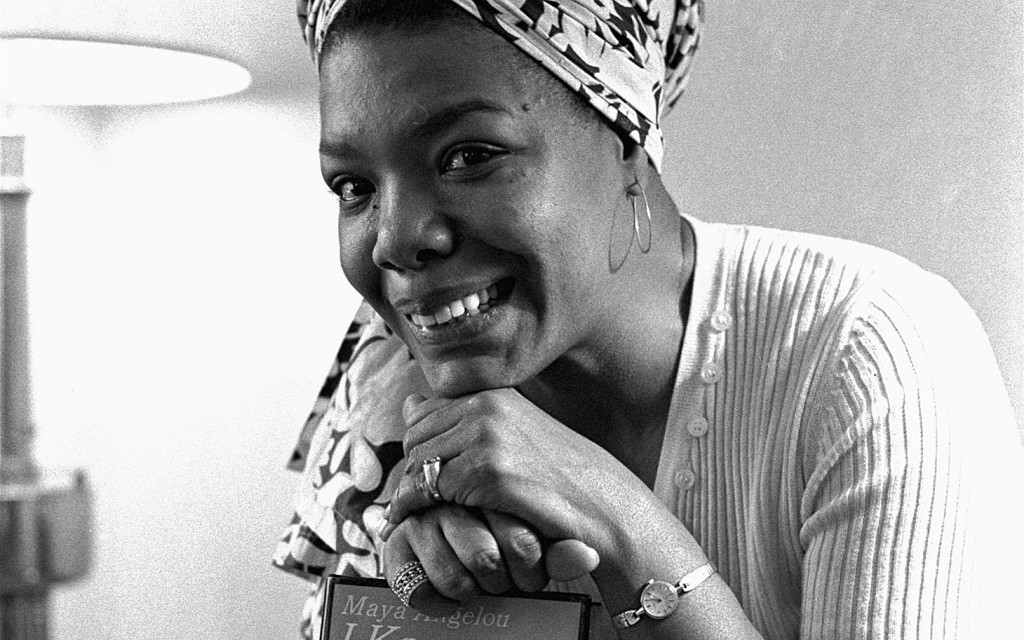Positioning is over rated
 “People will forget what you said, people will forget what you did, but people will never forget how you made them feel” Maya Angelou
“People will forget what you said, people will forget what you did, but people will never forget how you made them feel” Maya Angelou
In many ways the primary role of the planner is to create positionings for brands, in any case it is often what we are most valued for. But I have increasingly come to think that positioning is over rated.
That is not to say it’s not important. Positioning places a brand into a market (often redefining that market in the process) and articulates its role in people’s lives. And at best it differentiates that brand by describing something that it does for people. But it’s not the whole story. Very clearly the appeal of a brand is not simply what it does for us but also how it make us feel. And that is down to the brand’s personality. If a brand’s difference is described by its positioning, a brand’s distinctiveness is often a product of its personality. A successful brand has both a strong and clear positioning and personality, bonded together and locked in step. Steve Henry always maintained that brands had Unique Selling Personalities not just Unique Selling Propositions.
And yet the amount of time and energy spent on developing each of these twin cornerstones of classic brand architecture seems dramatically out of step. We angst and deliberate over the positioning, locking ourselves away for days on end and in workshop after workshop to get it right and then bosh out a personality willy-nilly and as an after thought. You can see this both in the way that most brand models elevate the positioning and relegate the personality and also frankly in the quality of most so called brand personalities. You know the sort of thing, a set of four or five anodyne values selected in isolation from one another and plonked in the personality box, like passionate, relentless, optimistic, open etc. These do not make a personality, they are values and at best they have a role but they are not descriptive of any real personality I have come across not particularly useful for anyone trying to execute against them.
For a long time now I have been doing two things I find useful in advising clients on brand architecture.
Firstly to elevate personality to the status accorded to positioning. At best seeing them locked together in a yin and yang relationship where neither has primacy and neither is subordinate. My favoured and very simple brand architecture simply places a circle at the centre, divides it in two and puts the postioning in the left hand side (backed up by the brand’s delivery) and the personality in the left hand side (backed up by the brand’s values).
And seondly to fashion brand personalities in the form of a short phrase, not simly a selection of values. That is not to say that the real richness of a brand’s personality can be reduced to a phrase but that a short sharp phrase goes a long way to help people accurately execute the desired feeling you are trying to create. I find it helpful to supplement this with a set of values that sum to the personality phrase and with clips of film or music that help define it in a more rounded multisensory way. But it’s the phrase that is always most potent. This phrase is usually best expressed as a colloquialism or in a form that has some degree of recognition or precedent for people, this makes it far bigger than the words on the page and more likely to be remembered. For example a while ago I created the personality ‘a breath of fresh air’ for Iceland a frozen food retailer (partnering a new challenger postioning) and more recently ‘the brand next door’ for EE (a brand that speaks and behaves like the boy or girl you grew up with) and ‘We’re on it’ for Insurance brand Direct Line (bolstering their pride in performance). And I always had a sneaky liking for Vodafone’s ‘Red, rock solid and restless’ mantra.
Brand purists get very snotty about this approach, preferring the list of values but I’ve always found it far easier to brief and evaluate activity of any description with a rich and potent little phrase.
And while these brand personality statements are primarily forged to help people execute the many formal manifestations of the brand in concert with the positioning the reality is that they often work well across the organisation as codes of behaviour or action standards. And of course that’s really when you know you are delivering value as a planner or strategist, when you can reach beyond the ‘brand’ and into the wider organisation and its culture.
Discover more from
Subscribe to get the latest posts sent to your email.

This article captured the long standing debate of what takes precedence between brand personality and positioning, beautifully. Much appreciated!